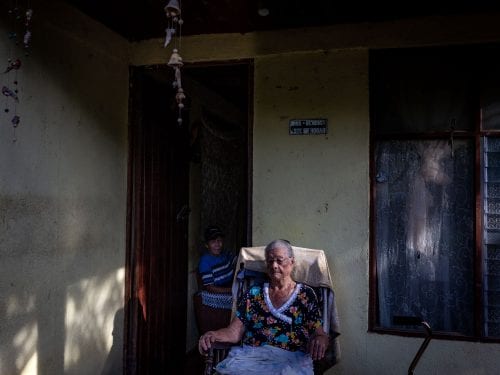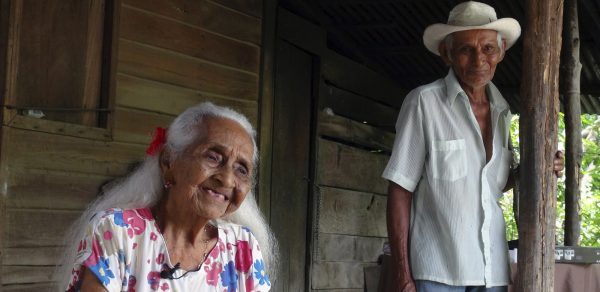
The key to explaining why Nicoyans live for so many years may be in their DNA. At least according to the epidemiologist David Rehkopf, of Stanford University in California, who visited Costa Rica in 2010 to launch a study. According to the journal Nature, Rehkopf and colleagues at the Stanford Medical School took samples of blood from 60 year-old residents.
Specialists measured the length of telomeres – the tips of chromosomes – and concluded that their length correlates with an increased life expectancy. After analyzing almost 19 biological and behavioral factors, experts explained that Nicoyans’ telomeres are longer than those of other Costa Ricans.
Gilberth Brenes, expert at the Central American Population Center (Centro Centroamericano de Población) affiliated with the University of Costa Rica (UCR – Universidad de Costa Rica), said that all of this research revolves around the CRELES project, which is the study of longevity and healthy aging in Costa Rica, which was led by Luis Rosero, who determined that Nicoya was a place of special longevity.
This led to the confirmation that Nicoyans’ telomeres are indeed longer than the other inhabitants of the country, and they are associated with increased longevity. Nature said that the poverty in which many residents of Nicoya live does not constitute an obstacle to living a long time.
“Poverty seems to have a protective effect in Nicoya. The region is very poor, its inhabitants live traditional agricultural lifestyles, with limited access to basics like electricity,” reads the text. The investigation of the CRELES project did not find a strong relationship between food, lifestyle, and longevity. “One thing we’ve found is that calorie consumption in Costa Rica is quite low, but that there is not a significant relationship between longevity related to the telomeres and certain nutritional indicators,” says the researcher.
Currently the project CRELES is ongoing and is now in a new stage, focused on adults from 55 to 65 years old, the age during which various diseases are diagnosed. Civil Registry data indicate that in all of Guanacaste, there are 54 registered seniors who are over 100 years old.







Comments